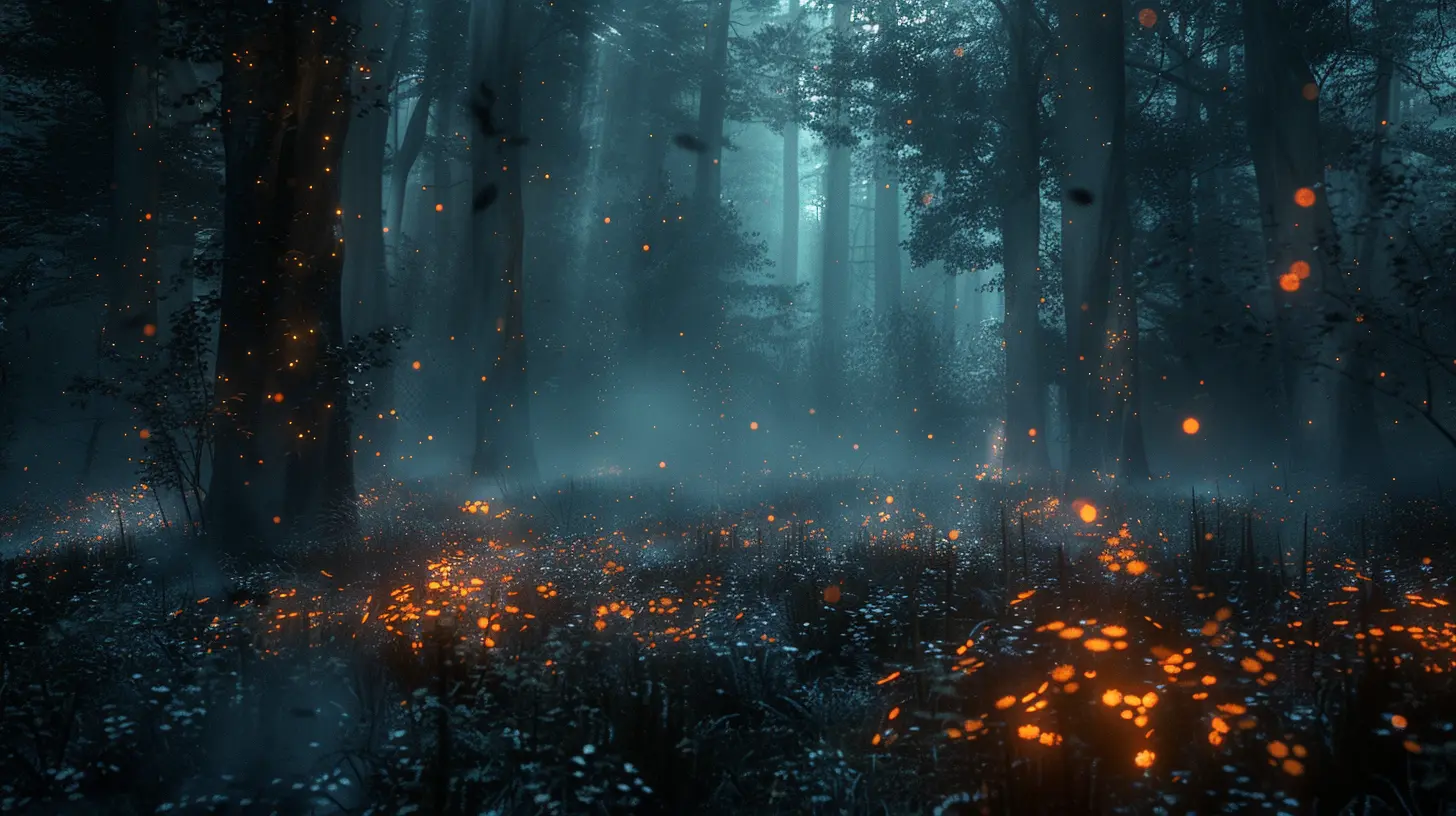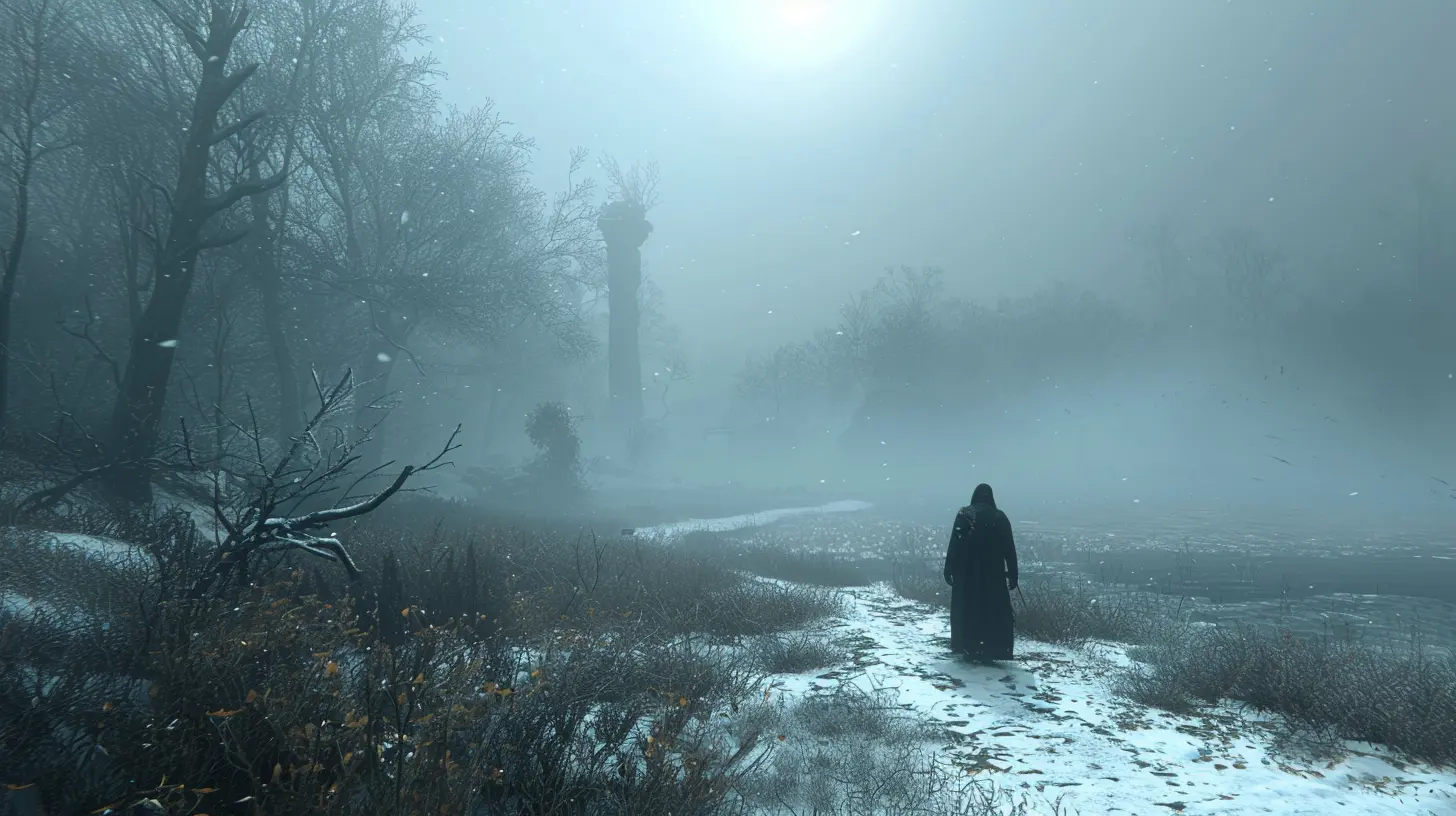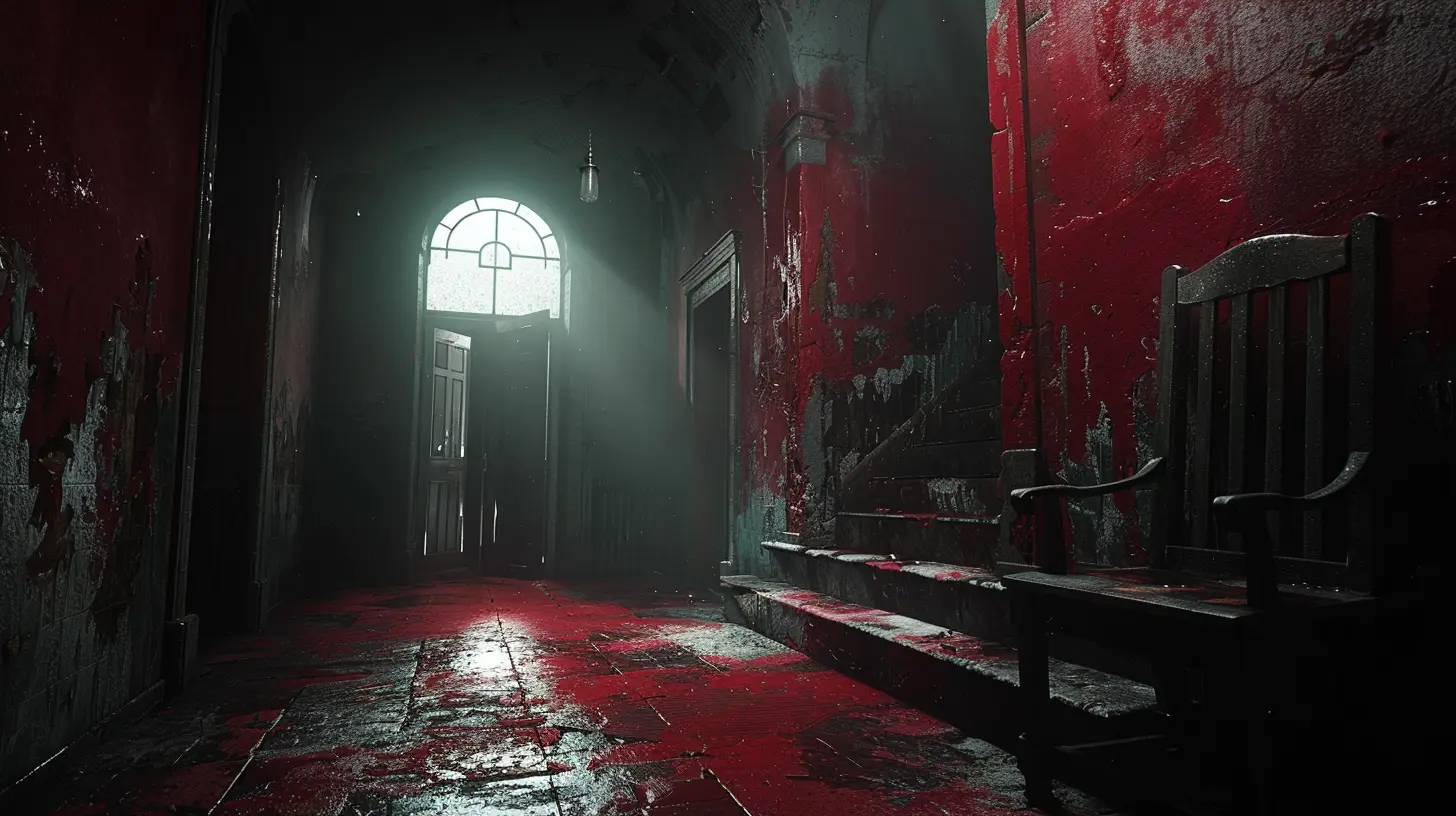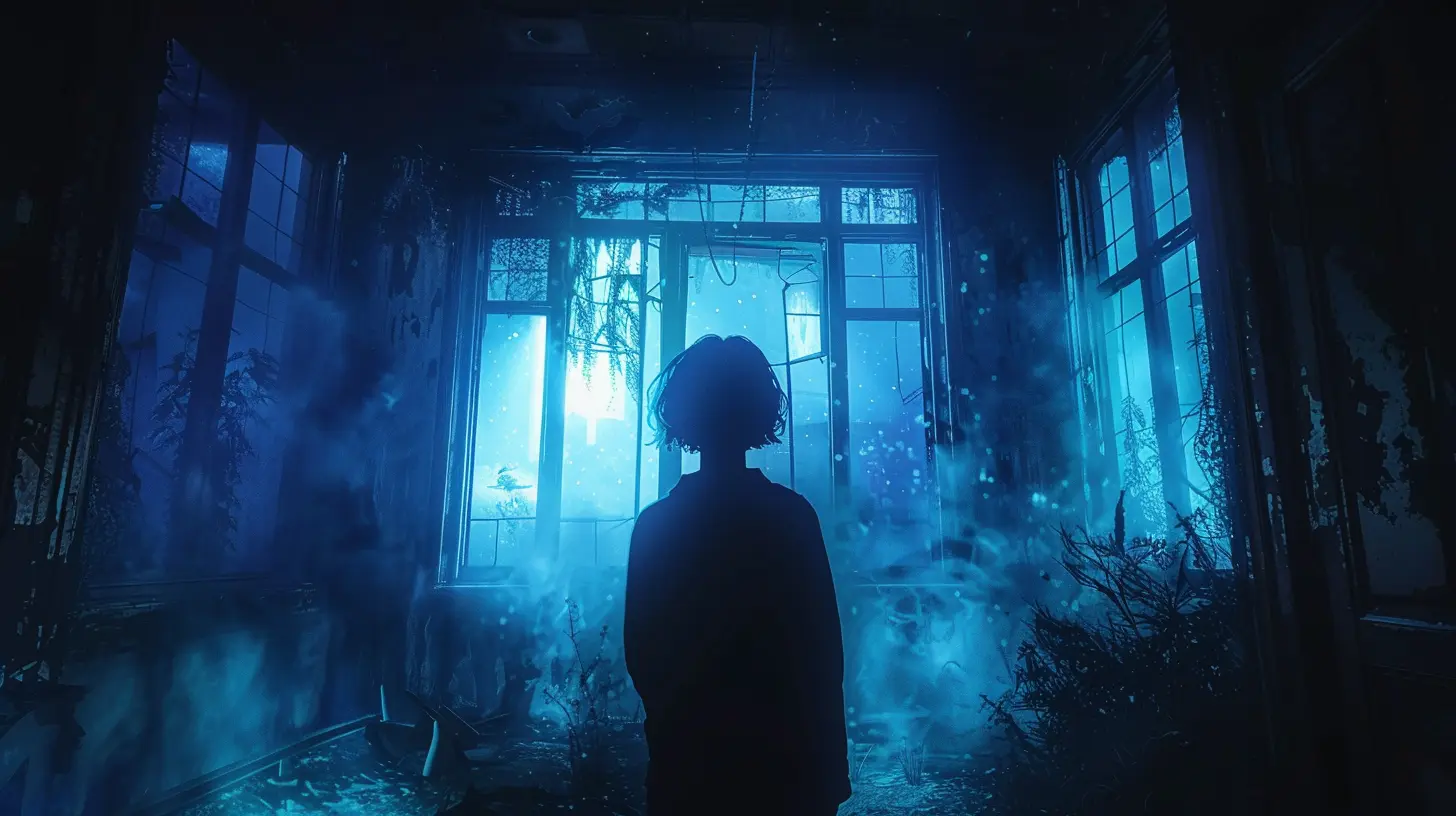Exploring the Power of Silence in Game Narratives
19 October 2025
When was the last time you played a game and felt the sheer weight of silence? Not the awkward kind of silence you’d experience when no one knows what to say, but the intentional, heavy, almost deafening silence that pulls you into the heart of a scene. That’s the kind of silence we’re talking about today—the kind that’s woven into the very fabric of game narratives to make them unforgettable.
Why is silence such a powerful tool, particularly in video games? Think about it. Without the constant chatter, the swelling background music, or even a single sound effect, silence has a way of cutting through the noise (pun intended) and grabbing your attention like nothing else. It’s like that dramatic pause in a movie, where you’re clinging to every second, waiting for something to pounce.
So, let’s take a deep dive into the profound role silence plays in game narratives. Because trust me, there's more to silence than meets the ear.
The Subtle Art of Silence in Storytelling
Silence, when used effectively, is like the blank space surrounding a masterpiece in a gallery. The art pops more, feels more significant, because of what isn’t there. Games are no different. In a medium where every pixel and sound bite can be meticulously crafted, silence can be the most deliberate design choice of all.Silence often serves as an emotional amplifier. If you've ever played something like Shadow of the Colossus, you know what I’m talking about. After downing a towering colossus in that game, you’re not blasted with triumphant horns or victory jingles. Instead, there's... nothing. Just you, the protagonist, and the sound of wind brushing through an empty landscape. This silence forces you to sit with your emotions—was killing that creature really a victory? Or did you just commit an act of senseless destruction?
This is where silence thrives. It gives players the space to process what’s happening, to fill in the blanks, and to feel the moment on their own terms. That’s something dialogue or music can’t always achieve.
Amplifying Tension: When Silence Keeps You on Edge
Ever noticed how silence can make your palms sweat in a horror game? Yeah, silence doesn’t just amplify emotions—it multiplies tension too. Picture this: you're walking down a dimly lit hallway in a game like Amnesia: The Dark Descent or Outlast. No music, no growls from monsters, just the crunch of your footsteps. It's unnerving, right?That silence isn’t an oversight; it’s a calculated move to mess with your head. It’s like when someone quietly stares at you without saying a word—you’re just waiting for something to happen, and that "waiting" feeling? It's excruciating.
Silence works as the perfect setup. It’s the coiled spring before the jump scare, the calm before the storm. Once the silence finally breaks—perhaps with a loud crash or a terrifying shriek—it hits you with twice the impact because you’ve been so on edge. It’s like being scared by your own shadow after walking in complete darkness.
Silence as a Character’s Voice
Here’s a cool thought: silence itself can become part of a character’s personality. There’s no better example of this than The Legend of Zelda’s Link. He doesn’t talk—not a single word. That might seem odd at first, but over time, his silence feels... purposeful.Link’s quietness allows players to project their own thoughts, emotions, and decisions onto him. You become Link, and Link becomes you. His silence is the bridge that connects the player to the world of Hyrule, making his journey infinitely more personal.
And it’s not just Link. Games like Hollow Knight feature silent protagonists who let their actions (and the environments around them) do the talking. Their quiet demeanor invites mystery, encouraging players to piece together lore and draw conclusions on their own. It’s like a book where the author leaves some pages blank for you to write in your own notes.
Emotional Storytelling Through Wordless Moments
If we’re talking emotions, silence can hit harder than words ever could. Some of the most heart-wrenching gaming moments are eerily quiet, and it’s because silence forces us to focus on what we’re seeing rather than what we’re hearing.Take The Last of Us, for example (yes, we had to bring it up—it’s too iconic to skip). There are moments in that game where words aren’t needed. Remember Ellie and Joel sitting in silence, staring out at a herd of giraffes? The scene didn’t need dramatic music or poetic dialogue. The silence filled the space, carrying the weight of everything they had been through.
In situations like this, silence functions like a mirror. It holds up everything the characters feel and reflects it back to the player, encouraging introspection. It’s like when you sit quietly after an emotional moment in your own life. You don’t need anyone to say, “Hey, that was intense.” You just feel it.
When Less Is More: Minimalist Sound Design in Indie Games
Indie games have mastered the art of doing more with less. Why? Because, often, they don’t have the budget for cinematic scores or larger-than-life sound effects. Instead, they get creative—and silence is one of their secret weapons.Take Journey, for example, a game that’s largely wordless. There’s music, sure, but it knows when to fade into silence, letting you soak in the stunning visuals and the weight of your journey. This minimalist approach makes every sound—whether it’s the crunch of sand or the distant call of another player—feel significant.
Indie horror games like Limbo and Inside also lean heavily on silence. These games don’t spoon-feed you with explanations or unnecessary noise. Instead, they rely on unsettling silences to keep you guessing, your mind racing to fill in the blanks. This less-is-more approach proves that you don’t need a wall of sound to make something powerful.
Silence vs. Sound: Striking the Balance
Now, let’s be clear—silence is only powerful when it’s used sparingly. Too much silence, and a game risks feeling lifeless or monotonous. Too little, and it becomes just another generic noise-filled experience. Striking the right balance between silence and sound is where the magic happens.Games like Red Dead Redemption 2 nail this balance. You could be riding through miles of open wilderness with nothing but the sound of hoofbeats and the occasional breeze. It’s calm and contemplative. But as soon as danger approaches, the soundtrack swells, snapping your attention back into the moment. This ebb and flow between silence and sound creates a rhythm that keeps players emotionally engaged without exhausting them.
It’s like in music, where the pauses between notes are just as important as the notes themselves. Silence, when used wisely, turns gameplay into a symphony.
The Future of Silence in Game Narratives
So, where do we go from here? As games continue to evolve as an art form, it’s safe to say silence will remain a key part of the storytelling toolbox. Developers are becoming increasingly sophisticated in understanding how silence impacts player psychology, and they’ll likely continue to push the boundaries of what silence can achieve.With emerging technologies like spatial audio and virtual reality, silence might even take on new dimensions. Imagine standing in the middle of a VR scene where the silence surrounds you, pressing on your chest like an invisible weight. That’s the future: silence not just as a narrative device, but as an immersive experience.
Final Thoughts
At its core, silence in game narratives is about trust. When developers use silence, they’re trusting players to engage with the story on a deeper level, to think, to feel, and to interpret. They’re trusting us to find meaning in what isn’t said or heard.And that’s the beauty of it. In a world that’s constantly bombarding us with information and noise, silence in gaming feels like a breath of fresh air. It reminds us to stop, listen, and truly live in the moment. Because sometimes, what’s unsaid speaks louder than anything else.
all images in this post were generated using AI tools
Category:
Interactive StorytellingAuthor:

Lucy Ross
Discussion
rate this article
1 comments
Lanae McVaney
This article brilliantly highlights how silence enhances emotional depth, allowing players to engage more deeply with the narrative and themes.
October 29, 2025 at 4:06 AM


